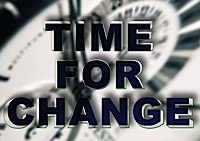
Sharlene Fair had tried for years to lose weight, but nothing seemed to work until she found her answer after breathing into a tube at her local gym.
It was an irritating 10 minutes of breathing, but one that Fair said ultimately helped her drop what she calls the equivalent of a "small child" in pounds.
The tube was connected to a machine at LifeBridge Health & Fitness in Pikesville that used Fair's breath to measure her metabolic rate, or how fast she burns calories while resting. Her personal trainer used the data to help determine the exact number of calories Fair should be eating to lose weight and then tailored an eating and exercise plan to fit her body composition.




















